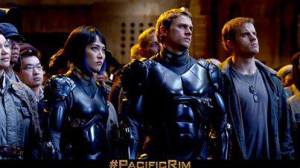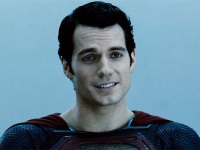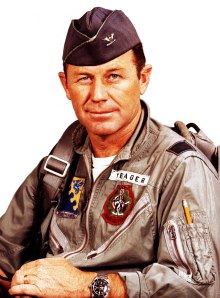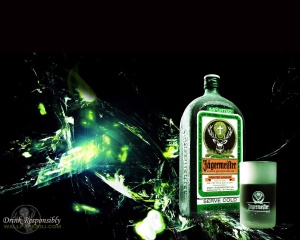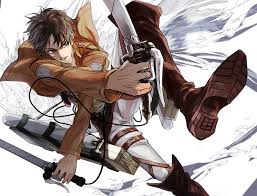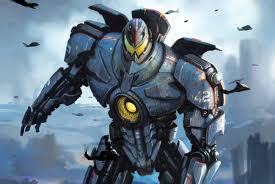Cancelling the Apocalypse: Why Pacific Rim would be better as a TV show
by Henry Gorman
Don’t let the title give you the wrong idea. I loved Pacific Rim. It’s a simple film, but, to borrow words from Terry Pratchett, it’s simple in the way that a sword is simple or an ambush is simple. It keeps its emotional stakes in plain sight. It usually chooses to show rather than tell. Its thematic content is both clear and substantive, unlike certain movies that came out earlier this summer (*cough*Man of Steel*cough*)
This is all possible because of a single brilliant worldbuilding choice: the giant robots the film calls “Jaegars” are operated by two pilots working through a psychic bond called the Drift. For the Drift to work at all, the two pilots need to trust each other implicitly and be able to address one another’s psychological issues appropriately. The Jaegar pilots we meet in the movie are siblings, parents and children, close friends, lovers. The simplest path to effective drama and audience investment is to create a relationship between two characters and then threaten it. The Drift makes this relationship-building an organic part of Pacific Rim‘s action storyline.
Because the Drift taps into characters’ subjective experiences, it also allows us to explore their memories and emotions. Much like Inception used its dream setting to explore its characters’ psychologies and desires, Pacific Rim is able to show us its characters’ formative experiences in a way that’s both intensely filmic and related to the film’s immediate events. One of the film’s best sequences sees one of the leads, Mako Mori, trapped in her traumatic memories of the destruction of Tokyo during a critical moment. It’s pretty damn powerful… especially since she’s freaking out while piloting a Jaegar with a plasma canon pointed right at Idris Elba’s face.
The Drift also ties into the film’s major theme: humanity’s need to cooperate in order to save itself. The movie’s giant monsters– the Kaiju– are graded on 5-category scale obviously based on the Saffir-Simpson scale we use to describe hurricanes. The monsters were only able to invade the Earth because humans contaminated its seas. They clearly represent the environmental threats that we have unleashed upon ourselves by poisoning our water and raising Earth’s temperature. And, just like in real life, humans can only overcome that environmental threat when they work together. The Jaegar program, which featured funds, scientists, mechs, and pilots from all over the world, is one representation of that cooperation. Another is the Drift bonding pilot and pilot. The Jaegars, our best chance of stopping the threats to our world, only work when humans work together.
My love for Pacific Rim is strong, but the film left me hungry. It tells us of a protracted apocalypse, but only shows its cancellation. It also introduces us to characters who seem to have actual inner lives, but gives us little chance to explore them and watch them change. If the creators fixed the first problem, they could also fix the second.
This is because the protracted apocalypse is the ultimate personality pressure-cooker. The stress of carrying the survival of millions on your shoulders must be transformative– it should snap some souls and steel others. Of course, these transformations also transmute relationships. Since Pacific Rim‘s worldbuilding gives it so much potential to explore emotions, memories, and relationships, I want to see more of this in action. And for that, we need the time that a TV show has to offer. Next time, I’ll start talking about some TV shows which show us a little of a long-term Pacific Rim‘s potential.
